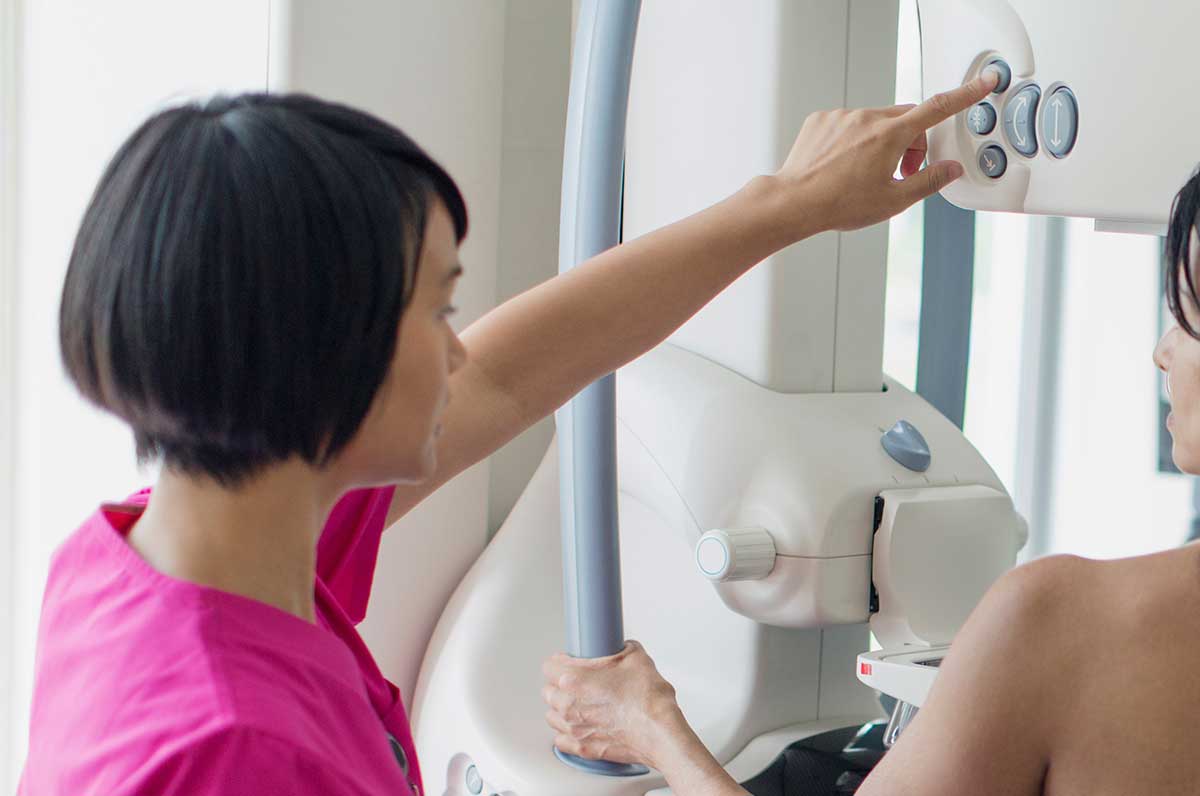Let’s Talk Breast Cancer

Blog Contributors:
Dr. Deborah Korenstein and Dr. Jennifer Marti
Breast cancer is a complex condition that affects anyone with breast tissue, including women, men, and transgender individuals. Knowing your risks, adopting preventive measures, and following screening guidelines empower us all in the fight against breast cancer.
The following information provided by Mount Sinai Physicians, Dr. Deborah Korenstein and Dr. Jennifer Marti, helps us better understand risk factors, screening guidelines, and prevention measures that can help you take control of your breast health.
Who is at risk?
Breast cancer affects all genders with breast tissue. To better understand your susceptibility, here’s some medical research to consider:
- Breast cancer is 100 times more common in cis females, or 1 in 8.
- The risk of breast cancer for trans men without top surgery is similar to that of cis women. However, if they have had top surgery, the risk is reduced.
- Trans women using hormone treatment may have a slightly higher risk compared to cis men. They may even be diagnosed at a younger age than cis individuals.
- Breast cancer is reported in 1% of cis men.
There is still much more to discover, as research in this field continues to make progress.
Prevention
Fortunately, there are measures we can take to lower our risk. Lifestyle choices including moderate alcohol consumption, maintaining a healthy weight, and regular physical activity significantly reduce risk. Even a 30-minute walk four times a week can reduce risk by 20%. The American Cancer Society recommends 150-300 minutes (about 5 hours) of moderate exercise or 75-150 minutes (about 2 and a half hours) of intense activity each week.
In addition to adopting healthy lifestyle choices, staying up to date with your screenings is crucial. The most recent guidelines from the USPSTF recommend starting screening every two years at age 40. However, screening guidelines are not one-size-fits-all. Various factors heighten breast cancer odds, including age, genetics, and reproductive and family histories. Recognizing these factors informs your choices regarding screening and prevention. If you have specific risk factors, we recommend having a conversation with your primary care provider about when to initiate screenings.
Remember the days of those monthly self-exams? Well, now it’s more about being ‘breast aware’. Know your body, notice any changes, and get regular check-ups. Combine that with professional exams and imaging for a full-picture approach. While mammograms are a valuable tool, they aren’t perfect. If you have dense breast tissue, your health care provider may suggest (or you can request) ultrasounds or MRIs for extra reassurance.
Birth Control and Breast Cancer Risk
Let’s clarify the connection between birth control and breast cancer risk; it’s a complex issue. While some studies hint at a slight increase in risk, there’s no evidence to suggest it elevates the risk of fatal breast cancer. On a positive note, oral contraceptives have been linked to a significant reduction in the risk of ovarian cancer—a more fatal cancer.
Breastfeeding: A Natural Defense
Breastfeeding isn’t just great for babies, it’s good for moms too. Studies show it reduces the risk of both breast and ovarian cancers.
Treatment: A Bright Future
The cure rate for breast cancer is over 90%. Health care practitioners have ditched the one-size-fits-all approach. We now know there are different types of breast cancer, each needing its own unique treatment plan.Genetic testing is a game-changer. It looks for mutations that can up your risk, like BRCA-1 and BRCA-2. If there’s a family history of breast and ovarian cancers, discuss testing with your healthcare provider.
Schedule your next visit
Remember, knowledge is power on this journey toward optimal breast health! Let’s keep the conversation going. Schedule a visit using the chat feature on the Health Center Hudson Yards iOS or Android app or online. And make getting care easier.